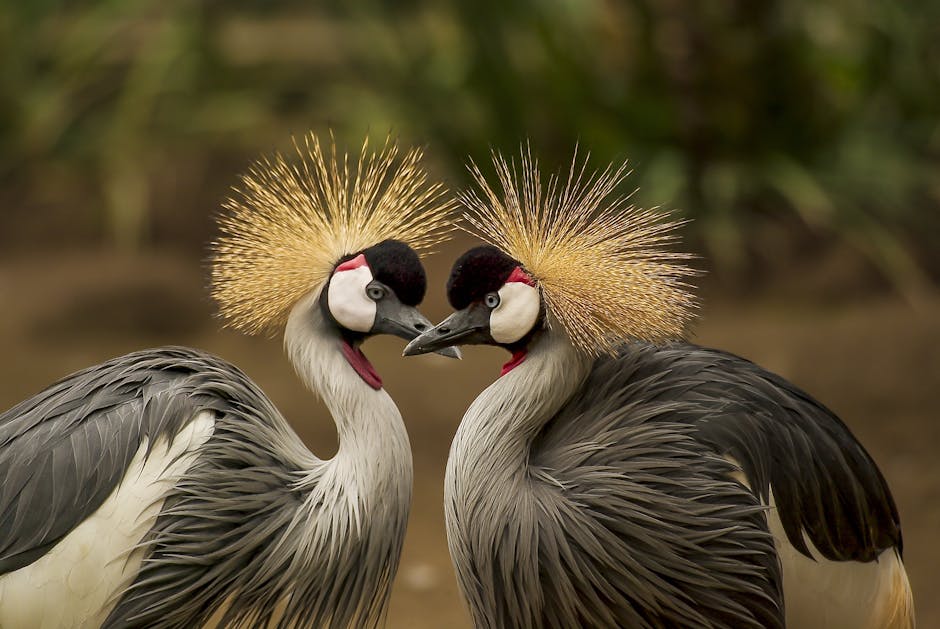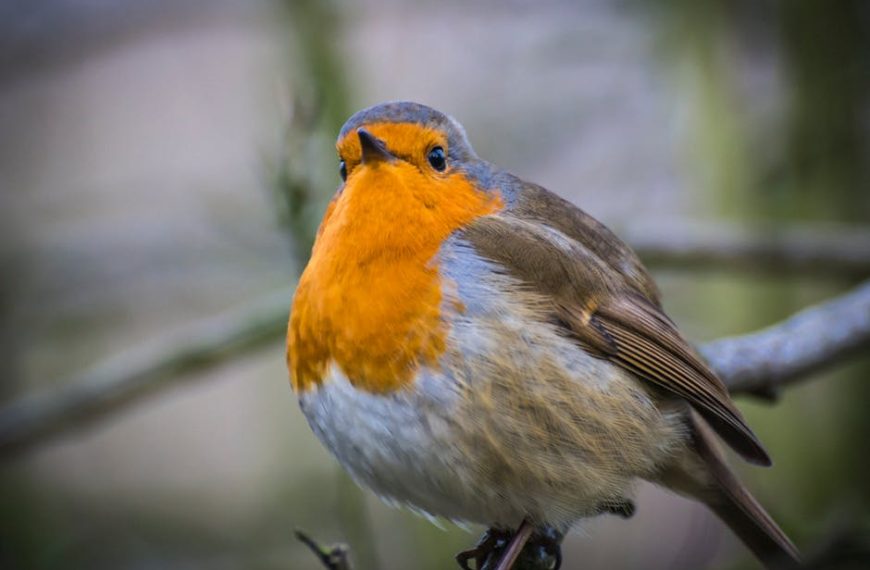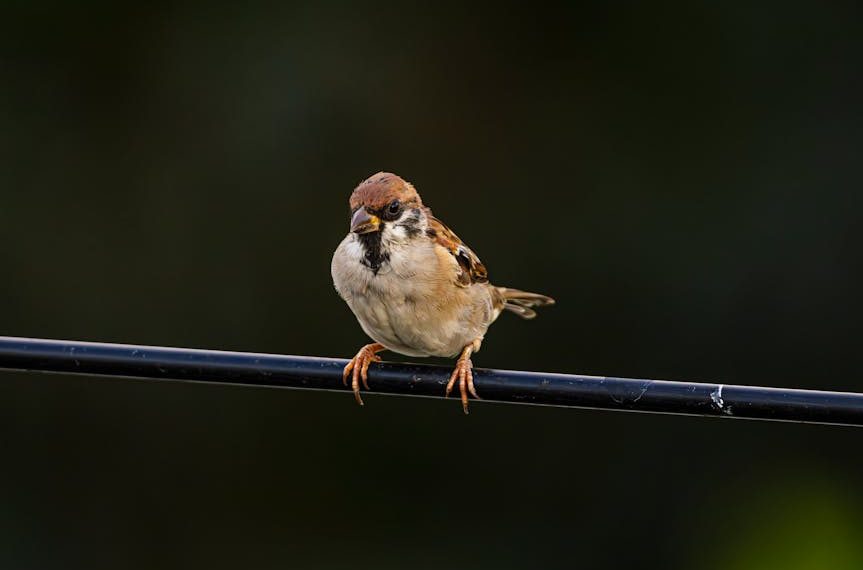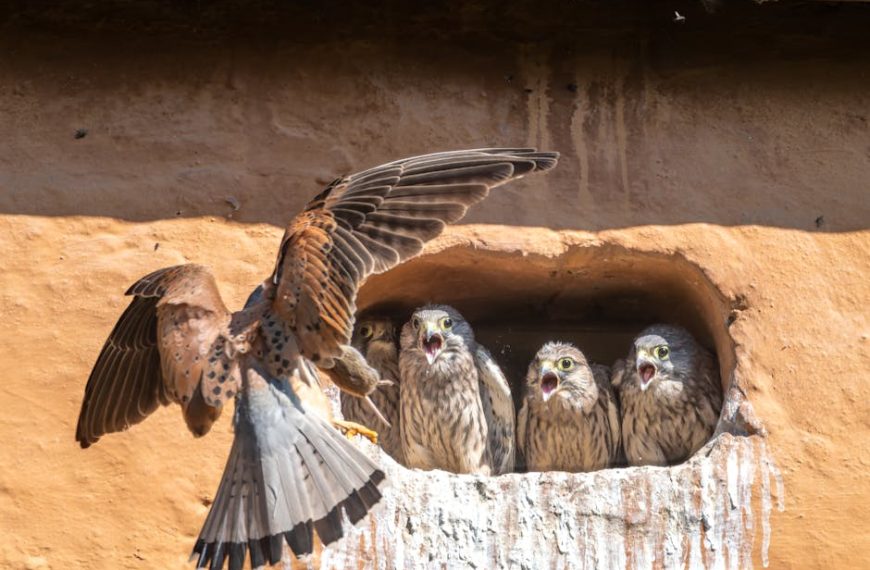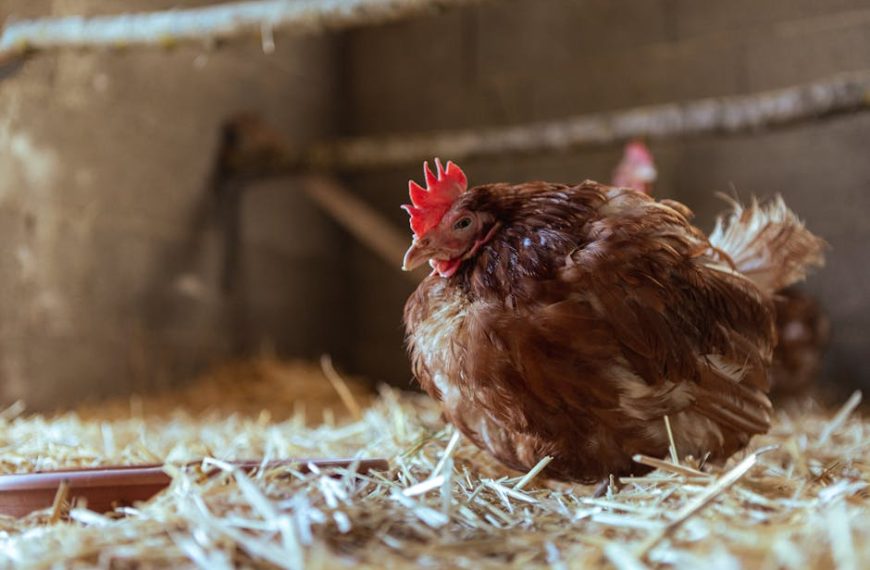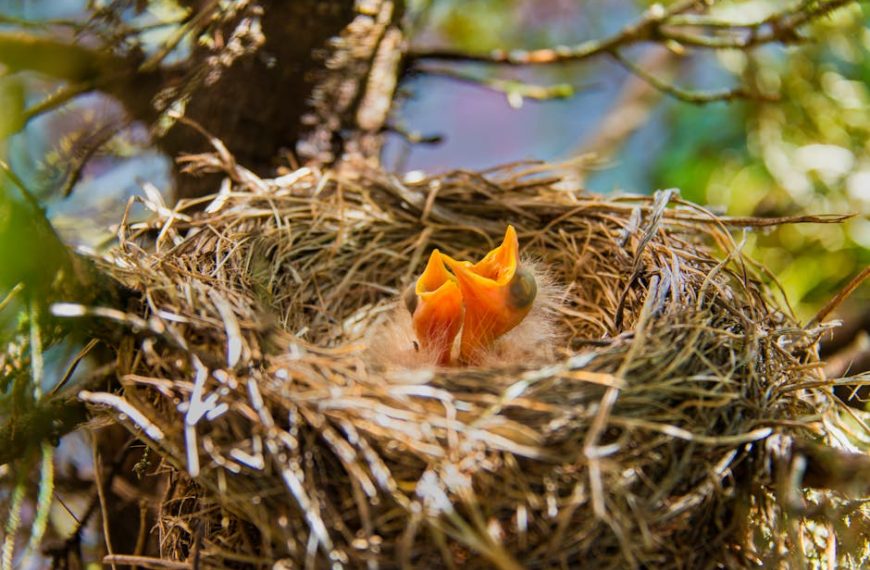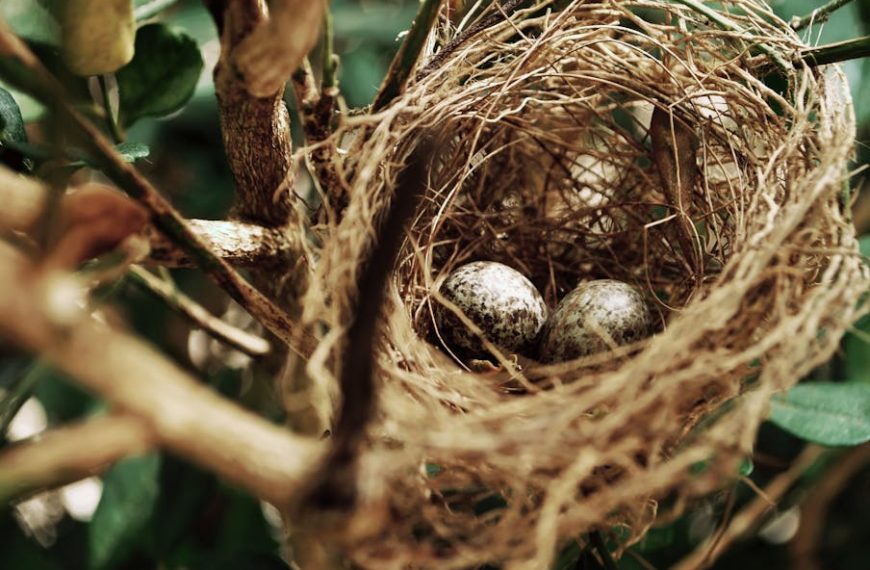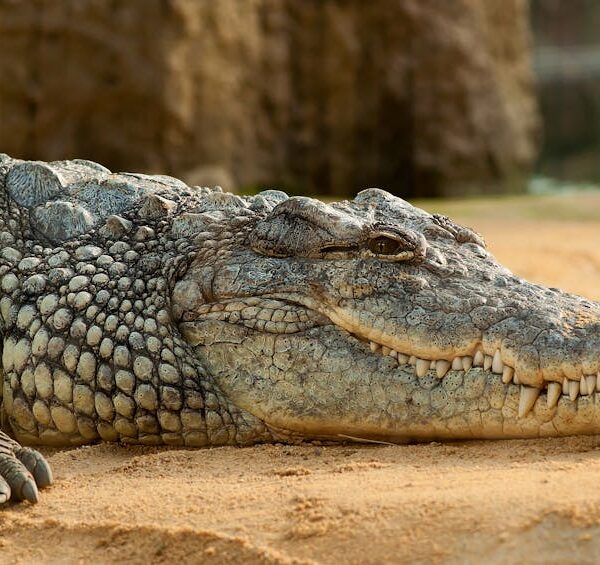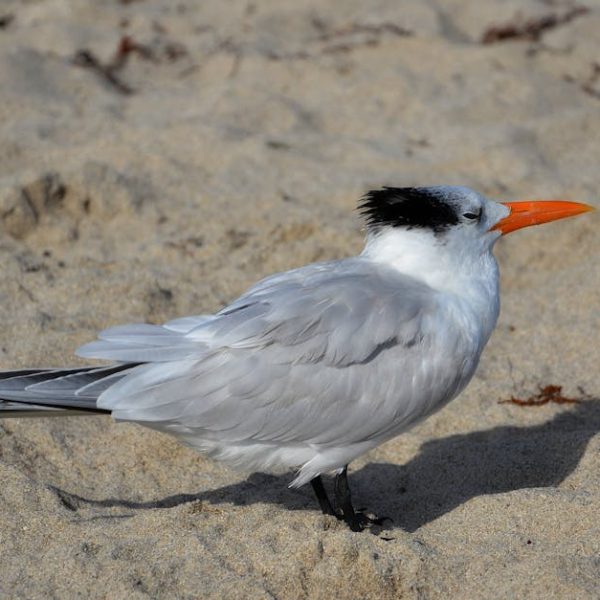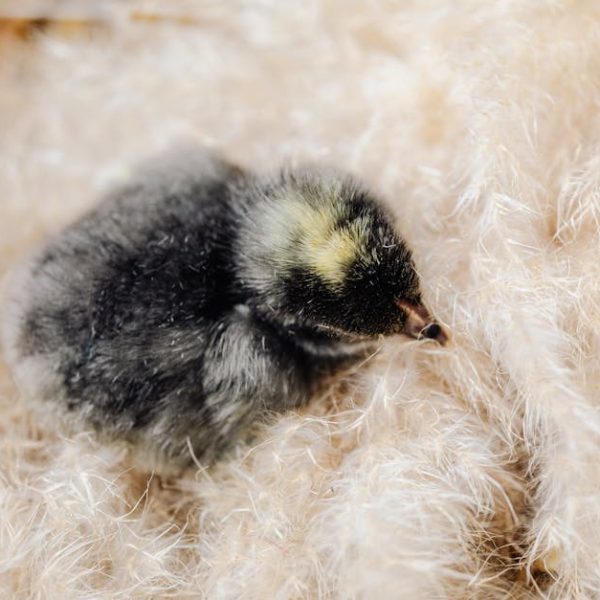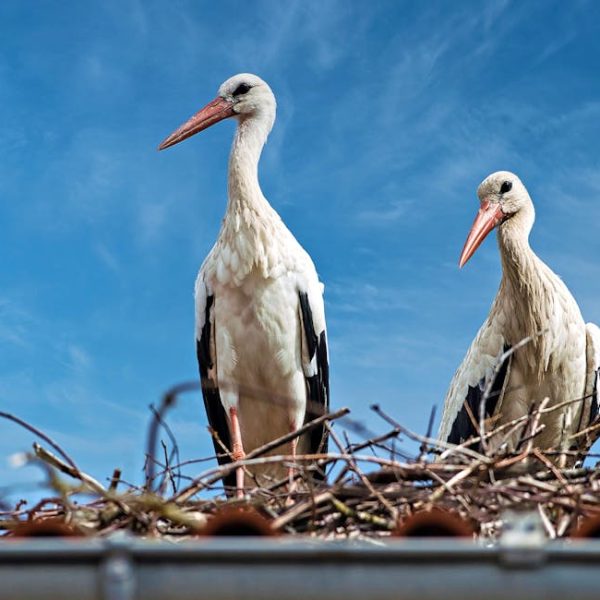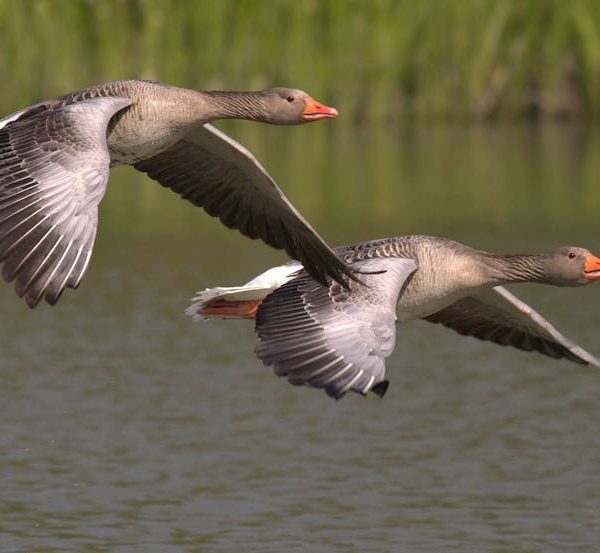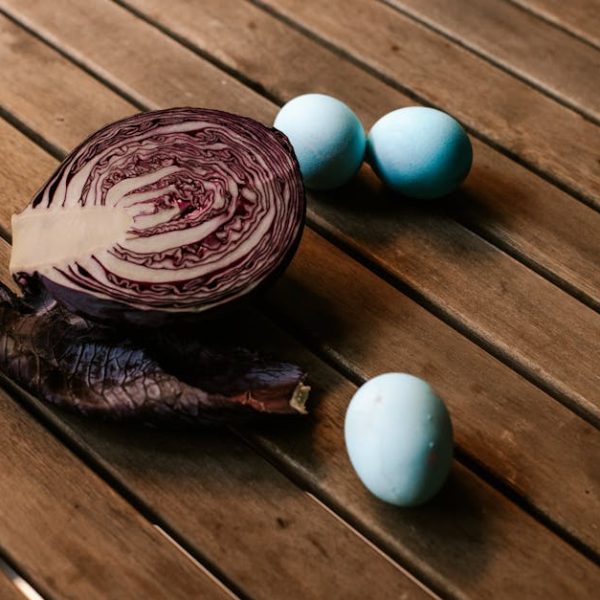Bird reproduction, while common in nature, is a captivating, intricate process that happens right under our noses. From unique courtship rituals to tireless parenting, birds display incredible diversity in their reproductive practices. This article will explore the wonderful world of avian reproduction, providing a detailed look at every step, from initial courtship to the transformation of fledgelings into adulthood.
Mating and Courtship Rituals
Birds, like many other species in the animal kingdom, engage in a myriad of fascinating courtship rituals. These rituals, often vibrant and theatrical displays, serve a critical role in attracting potential mates.
Among various bird species, dance is a popular form of courtship. For instance, male Albatrosses execute an elaborate choreography involving synchronized movements, while bird species like the Manakin impress with high-speed, moonwalk-like moves.
Song is another instrinsic aspect of bird courtship. Males of many species use unique, flowering calls to attract females, with each bird having their unique song, such as the melodious tunes of the Nightingale or the complex notes of the Lyrebird.
Certain bird species display noticeable physical changes during courtship. The aptly named Magnificent Frigatebird inflates its red throat pouch like a balloon, turning it into a conspicuous, heart-shaped display.
Lastly, certain species display unique behavioral patterns during courtship, including nest building, gift-giving, and even fake injury performances to distract predators.
Best Practices: When observing birds, look for unusual behavior, which often signifies courtship. Vocalizations, dances, or physical changes can all be signs you’re witnessing a bird’s mating ritual.
Bird Reproduction Basics: From Egg Laying to Hatching
The unique reproductive system of birds is a marvel of nature. Unlike most animals, birds lay eggs from which their offspring emerge — a process that involves careful, shared parental care.
Once fertilized, female birds lay eggs that differ remarkably in size and color. For example, hummingbird eggs are tiny and white, whereas ostrich eggs are large and cream-colored. Such differences provide valuable hints to the diversity of bird species.
The incubation period needed for the eggs to hatch varies significantly across bird species. Some take just under two weeks, while others require over two months. Throughout this period, both parents typically share incubation duties until the chicks hatch.
Pro Tip: Birdwatchers can often determine the bird species by spotting the color, size, and pattern of eggs. Use a field guide to correctly identify.
Comparative Table:
| Aspect | Birds | Mammals |
|---|---|---|
| ——- | ——- | ——- |
| Reproduction | Egg laying | Live birth |
| Gestation Period | External incubation | Internal gestation |
| Parental Care | Both parents usually involved | Mostly female |
Practical Steps: When observing bird eggs, utmost caution is needed to avoid disturbing the nest or the parent birds. Respectful distances and non-intrusive methods are best when bird-watching.
Coming up next, delve into the intricacies of bird nesting!
Nesting: The Preparation for New Life
Birds, in their meticulous and detailed approach to life, build their nests as secure homes for their soon-to-be hatched offspring. Nesting is a fundamental and exquisite aspect of bird reproduction and varies between species, reflecting their ecological adaptivity and aesthetic virtuosity.
While some birds, like penguins, don’t make nests and instead incubate their eggs on their feet, most birds invest a large amount of time and energy into nest-building. For instance, the Weaver bird meticulously interweaves long thin grass blades to create a secure, enclosed structure, while the Woodpecker chisels out a cavity in the trunk of a tree.
Nests are lined with an array of materials, ranging from soft feathers, grass, and moss to even human-made materials like plastic and paper.
Pro Tip: Locating a bird’s nest can be an exhilarating part of bird-watching but remember to maintain a respectful distance to avoid interfering with nature. Keep observations non-intrusive and ensure that you leave no trace.
Best Practices: You can create a bird-friendly space in your backyard by providing nesting materials like twigs, dry grass, and clean pet fur. Also, consider installing bird houses or feeders to aid our avian friends during their busy breeding seasons.
Parenting: The Care and Feeding of Hatchlings
The moment eggs hatch marks the beginning of a demanding and unceasing parenting phase for birds. This often involves continuous foraging, feeding, and protection until the hatchlings are mature enough to fend for themselves.
Birds cater to their hatchlings’ dietary needs in diverse ways. The European Roller feeds its young a diet of insects, while birds of prey, such as eagles, opt for fresh meat from their kill. The Hoopoes go a step further and deliver a mix of insects and plant matter in their long, pointed beaks.
Parental care is a significant aspect that influences survival rates among hatchlings, although it varies among bird species. While both parents share duties in most bird species, in some, like the Emperor Penguin, it is the father who takes on the incubation and early rearing responsibilities.
| Pros | Cons |
|---|---|
| ——– | ——– |
| Shared responsibility | Single parent burden |
| Higher survival rates | Increased predation risk |
| Broader diet options | Limited diet options |
The Cycle Continues: Fledglings to Adulthood
The journey from fledglings to adults is a critical component of the bird lifecycle. Fledglings, though initially clumsy and often unable to fly, grow rapidly under careful parental supervision. They undergo multiple changes in size, plumage, and behavior as they transition from dependent juveniles to independent adults, ready to start their own cycle of reproduction.
Pro Tip: Observing a bird’s plumage, size, and behavior is a reliable way to accurately determine its age. For instance, fledglings typically have shorter tail feathers and a more gawky appearance, while adults boast full plumage with pronounced characteristics.
Checklist for Bird Development:
- Freshly hatched: Mostly naked or covered in fluffy down
- Growing chick: Increasing in size, growing primary feathers
- Fledgling: Nearly full-sized, beginning to experiment with flight
- Juvenile: Fully grown but lacks adult plumage
- Adult: Full adult plumage, ready for reproduction cycle to begin
From courtship to fledgling care, bird reproduction is a miracle of nature that unfolds in our backyards, parks, and natural reserves. Remember, the cardinal rule of birdwatching is respect for nature. View, marvel, and learn, but don’t disturb this incredible process.
Key Takeaway:
- Bird courtship rituals are an intriguing display of dances, songs and physical alterations that are species-specific.
- The unique egg-laying reproductive system of birds involves careful and shared parental care, and the eggs provide valuable hints to their species diversity.
- Bird nesting is a meticulous process reflecting the bird’s ecological adaptivity and aesthetic intelligence.
- The bird’s parenting involves continuous foraging, feeding to cater to their hatchlings’ dietary needs and protecting until the hatchlings are mature enough to fend for themselves.
- Fledglings grow rapidly under parent supervision and undergo multiple changes in size, plumage and behaviour before transforming into independent adults.
Before you succeed in birdwatching, make sure you understand and respect their natural processes. With this knowledge, you’re on your way to experience some of the most intricate and captivating moments of bird life. What’s portrayed here is not just about their survival, but a celebration of nature’s brilliance. So, step outside and explore the fascinating world of birds.
FAQs
Q: How is bird reproduction different from other animals?
A: Unlike most animals which give live birth, birds lay eggs as a part of their reproductive process. Both parents share the incubation duties in bird species whereas in most mammal species, the female carries the offspring in her womb.
Q: How can you identify different bird species by their eggs?
A: Bird eggs differ remarkably in size, colour and pattern, pointing to the diversity of bird species. For example, hummingbird eggs are tiny and white, whereas ostrich eggs are big and cream-coloured. So, birdwatchers often use these features to identify the bird species.
Q: What is the role of nests in bird reproduction?
A: Nests provide a secure home for bird offspring hatching from eggs. Birds invest considerable time and energy in nest-building, which varies from species to species reflecting their ecological adaptivity.
Q: What are the parenting habits of birds?
A: Once the eggs hatch, bird parents go into a demanding phase that involves continuous foraging, feeding and protecting their hatchlings till they are matured enough to fend for themselves. The nature and extent of this responsibility vary among bird species.
Q: How does a bird transition from a fledgling to an adult?
A: Fledglings, though initially clumsy, grow rapidly under careful parental supervision. They undergo multiple alterations in their size, plumage and behaviour as they transition from dependent juveniles to independent adults, ready to start their own cycle of reproduction.
Remember, this is just a window to the captivating world of avian life. Sharing this with someone might inspire a newfound love for birdwatching in them. Do explore our other posts to dive deeper into the mesmerising world of nature.
